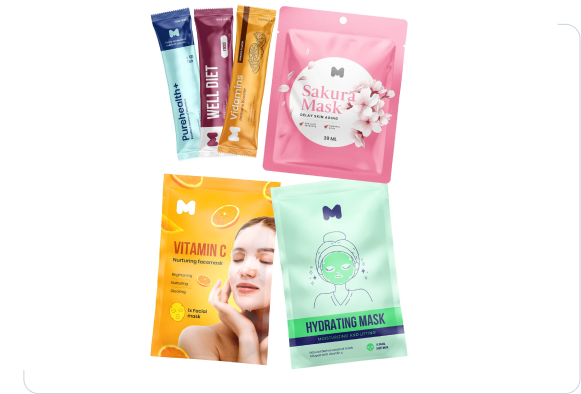The beauty industry considers packaging beyond its functional role because it functions as a brand ambassador through silent communication. The perfect packaging solution combines protective features with attractive design, along with eco-friendly elements that appeal to consumers. The following guide helps manufacturers select premium cosmetic packages that display brand integrity while attracting consumer attention among competitive market competitors.
The Role of Packaging in the Beauty Industry
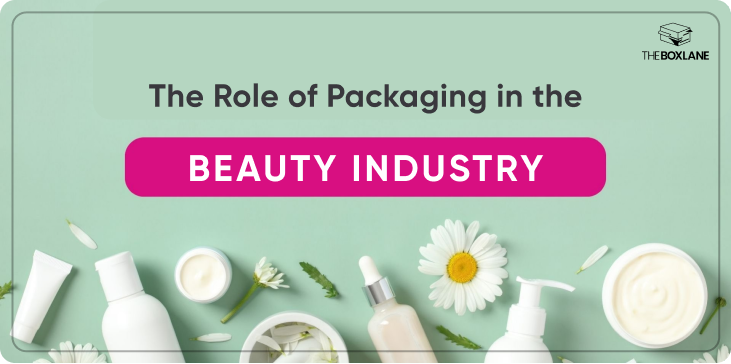
Three essential functions of packaging support product success in the market.
- Protection: Shields products from light, air, and contamination. For example, Amber glass bottles shield serum ingredients from light damage and airtight pumps protect vitamin C creams from oxidation.
- Branding: Communicates your identity through colors, textures, and logos. Glossier uses millennial pink pouches while Fenty Beauty demonstrates brand recognition through their edgy and minimalist designs in packaging.
- Experience: Product usability improves thanks to features such as droppers as well as spray nozzles, and magnetic closures. Drunk Elephant utilizes airless pump bottles to protect products from contamination, as this functional design helps build customer loyalty.
Packaging design stands as the sole determining factor for 72% of consumers when they make buying decisions. For instance, The Ordinary maintains its reputation with science-focused packaging while Pat McGrath Labs uses trendy metallic containers to attract customers who seek and follow trends. The market drives brand loyalty through sustainable packaging since 60% of consumers select brands driven by environmental concerns, and 45% show readiness to pay more for options designed for recycling or refill capabilities.
Knowing Your Audience is a Key to Effective Design
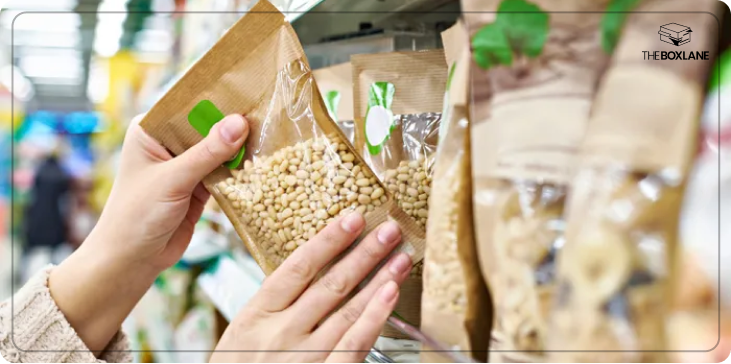
Effectively reaching your target audience will make your packaging create emotional and practical connections to them.
- Millennials & Gen Z: Young consumers from both the Millennials and Gen Z generations like refillable beauty product bottles resembling Kjaer Weis's magnetic compacts and plastic-free cosmetic packaging. Transparency matters to consumers and Youth to the People demonstrates this commitment through QR codes on their product labels, which link to sourcing information.
- Luxury Markets: Luxury brands such as La Mer and Tom Ford apply heavy glass jars combined with gold embellishments, together with elaborate perfume bottle designs, to project sophistication.
- Organic & Clean Beauty: The organic & clean beauty market utilizes biodegradable tubes and kraft paper labels at Herbivore Botanicals to maintain their natural brand identity.
When packaging suits customer preferences, it establishes trust with the audience. Premium skin care brand SkinCeuticals utilizes airless bucket dispensers for CE Ferulic serum because these preserve active ingredients to satisfy consumers searching for potency in their products.
Material Matters: Balancing Aesthetics, Function & Sustainability
Glass Packaging: Elegance with Trade-offs
- Pros: Recyclable, non-reactive, and premium feel. Ideal for serums, perfumes, and luxury creams (e.g., Aesop’s amber glass bottles).
- Cons: Heavy (increasing shipping costs) and fragile.
Plastic Packaging: Versatile and Affordable
- PET: Clear, durable, and food-safe—perfect for toners (e.g., Paula’s Choice).
- LDPE: Flexible for squeezable tubes (e.g., CeraVe’s moisturizers).
- HDPE: Chemical-resistant for shampoos (e.g., Davines).
The market demands sustainable packaging from companies which either reuse post-consumer recycled (PCR) plastics (specifically REN Clean Skincare) or choose PHA-based alternatives.
Emerging Materials:
- Aluminum: Lightweight, infinitely recyclable, and ideal for lip balms (e.g., EOS).
- Bamboo: Compostable and trendy for lipsticks (e.g., Axiology).
Sustainable Beauty Packaging: Beyond Buzzwords
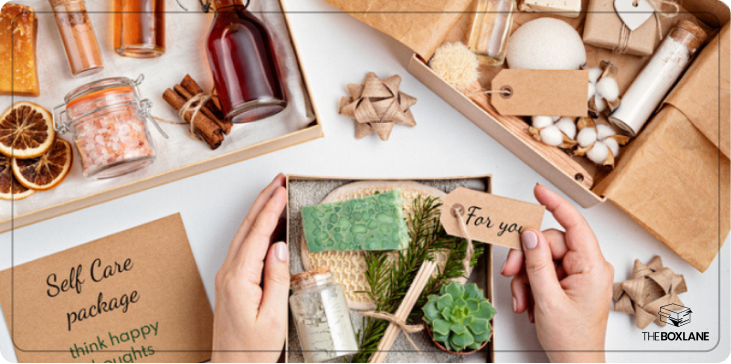
The market demands sustainable packaging designs for cosmetic products. Key innovations include:
- Biodegradable Materials: Ecovative produces mushroom-based packaging while Notpla creates algae films.
- Refillable Systems: Charlotte Tilbury’s reusable compacts or Kjaer Weis’s refillable foundations.
- Recyclable Options: Lush’s aluminum shampoo bars or REN’s PCR plastic bottles.
Lush promotes sustainability through its "naked" package-free products in addition to running programs that allow customers to return pots for recycling into new packaging containers. This approach combats waste generation while creating community connections.
Functional Designs: Merging Form with Usability
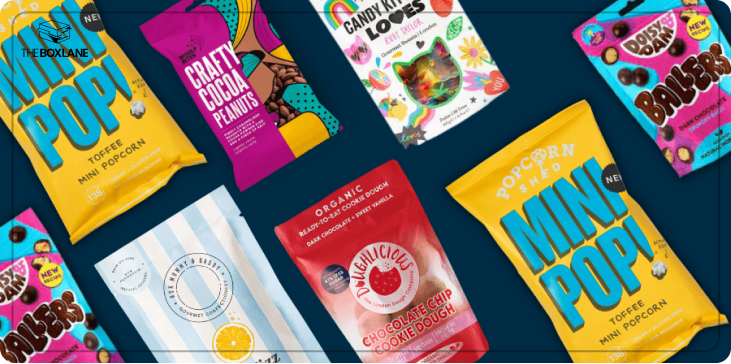
- Jars: Best for thick creams (e.g., Augustinus Bader’s Rich Cream) but risk contamination. UV-protected glass from Dr. Barbara Sturm protects the product from breakdown.
- Bottles: The airless pump delivery system in Sunday Riley's Good Genes helps maintain product purity in serums.
- Tubes: Lightweight and portable—ideal for travel-sized gels (e.g., Supergoop!’s sunscreen).
Inclusive Design: Companies such as Guide Beauty focus on hand-designed ergonomic shapes to their users with low dexterity.
Tech Integration:
- Augmented Reality (AR): Charlotte Tilbury’s AR labels enables users to “try on” make-up through an app.
- NFC Tags: Rare Beauty’s tags direct to tutorials, engaging users.
Legal Compliance: Navigating Global Regulations
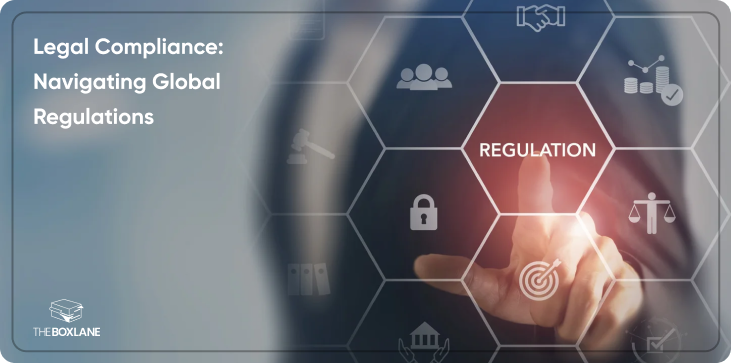
Packaging must meet stringent guidelines:
- FDA (US): Requires Ingredient listings, usage instructions, and “USDA organic” certification.
- EU Cosmetics Regulation: Highlights Allergens and Recyclability Symbols
Non-compliance risks recalls and fines. In 2020, a well-known beauty company was ordered to pay $2m for mislabelling “vegan” claims. Team up with suppliers like The Box Lane that are industry-regulatory compliant designs..
Future Trends: Where Innovation Meets Responsibility
- Minimalist Aesthetics: Clean design with black and white schemes (Typology etc.).
- Circular Models: Loop’s reusable packaging platform partners with brands like Pantene.
- Smart Packaging:
- Temperature-Sensitive Labels: Indicate product freshness (e.g., Forgo’s hand wash).
- QR Codes: Ilia Beauty shares farm-to-bottle stories via scannable codes.
A Step-By-Step Guide To Selecting the Right Packaging Supplier
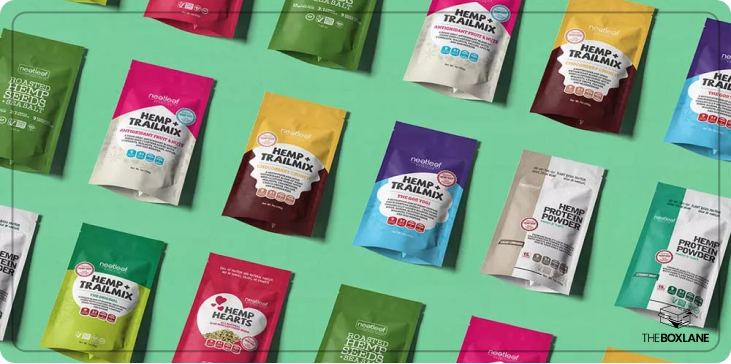
- Verify Certifications: Confirm ISO 22716 (cosmetics GMP) or FDA compliance.
- Request Samples: Test the robustness (e.g., drop tests on glass bottles).
- Assess Sustainability: Ask for certifications like FSC (paper) or Cradle to Cradle (materials).
- Negotiate Terms: Work with suppliers offering the most significant discounts/volume discounts or carbon-neutral shipping (e.g., DS Smith).
Top suppliers such as The Box Lane provide full-service support from 3D designing to large volume production.
Packaging Selection Checklist: 10 Non-Negotiables
Before finalizing, ensure your packaging:
- Consistent with brand design (e.g. luxury gold foil vs. earthy kraft paper).
- Guards product vitality (UV resistance, airtight seals).
- Uses bio-sustainable materials (recycled, refillable, or biodegradable).
- Complies with local standards (FDA, EU, etc.).
- Saves you money without compromise on quality (get quotes from 3+ suppliers).
- Improves the user's experience (convenient open lids, comfortable shapes).
- Includes plain labeling (ingredients, certifications, instructions).
- Supports scalability (enquire about lead times for reorders).
- Tech info(AR, QR codes) included for engagement.
- Undergoes testing (shelf-life trials, user feedback).
Conclusion: Packaging as a Strategic Asset
There are three essential considerations to find the ideal packaging for beauty products, including imaginative design alongside functionality, and moral responsibility. The unique product designs at Glossier and Fenty Beauty enhance shelf display by 30% yet Lush's environmentally conscious approach maintains customers by 20%.
The upward trend of environmental concerns makes PCR plastics and refillable systems the ideal materials to use. Work with reliable cosmetic packaging production companies to develop story-telling flexible bags which satisfy regulatory standards and maintain product grade standards.
Superior packaging serves as more than just functionality because it forms the foundation of consumer trust which leads to market success in the beauty industry. The strategic use of design investment now leads to audience devotion for the future.


